How Do Digital Cameras Store Images ?
Digital cameras store images using a digital sensor called a charge-coupled device (CCD) or a complementary metal-oxide-semiconductor (CMOS) sensor. When you take a photo, the camera's lens focuses the light onto the sensor, which converts the light into electrical signals. These signals are then processed and converted into digital data, which is stored on a memory card or internal memory within the camera. The digital data represents the image and includes information about the color and intensity of each pixel. This data can be later accessed and displayed on the camera's screen or transferred to a computer for further editing or storage.
1、 Image sensor technology and pixel arrangement in digital cameras.
Digital cameras store images using image sensor technology and pixel arrangement. The image sensor is a crucial component that captures the light and converts it into digital signals, which are then processed and stored as image files.
There are two main types of image sensors used in digital cameras: CCD (Charge-Coupled Device) and CMOS (Complementary Metal-Oxide-Semiconductor). CCD sensors use a complex arrangement of capacitors to capture and transfer the charge generated by light hitting the sensor. CMOS sensors, on the other hand, use a different approach where each pixel has its own amplifier, allowing for faster readout speeds and lower power consumption.
The pixel arrangement in the image sensor plays a significant role in determining the quality and resolution of the captured image. The most common arrangement is the Bayer filter array, where each pixel captures either red, green, or blue light. This array is then interpolated to create a full-color image. However, newer technologies like the X-Trans sensor from Fujifilm use a different arrangement that reduces the need for interpolation, resulting in sharper and more accurate colors.
Once the image sensor captures the light and converts it into digital signals, these signals are processed by the camera's image processor. The processor applies various algorithms to enhance the image quality, adjust exposure, and reduce noise. Finally, the processed image is compressed and stored in a file format such as JPEG or RAW on a memory card.
In recent years, digital cameras have seen advancements in image sensor technology, leading to improved image quality, higher resolution, and better low-light performance. Manufacturers are constantly pushing the boundaries of sensor design, incorporating features like backside-illuminated sensors for improved light sensitivity and larger pixel sizes for better dynamic range.
Overall, the storage of images in digital cameras relies on the combination of image sensor technology, pixel arrangement, and image processing algorithms. These advancements continue to shape the capabilities and performance of digital cameras, allowing photographers to capture stunning images with ease.
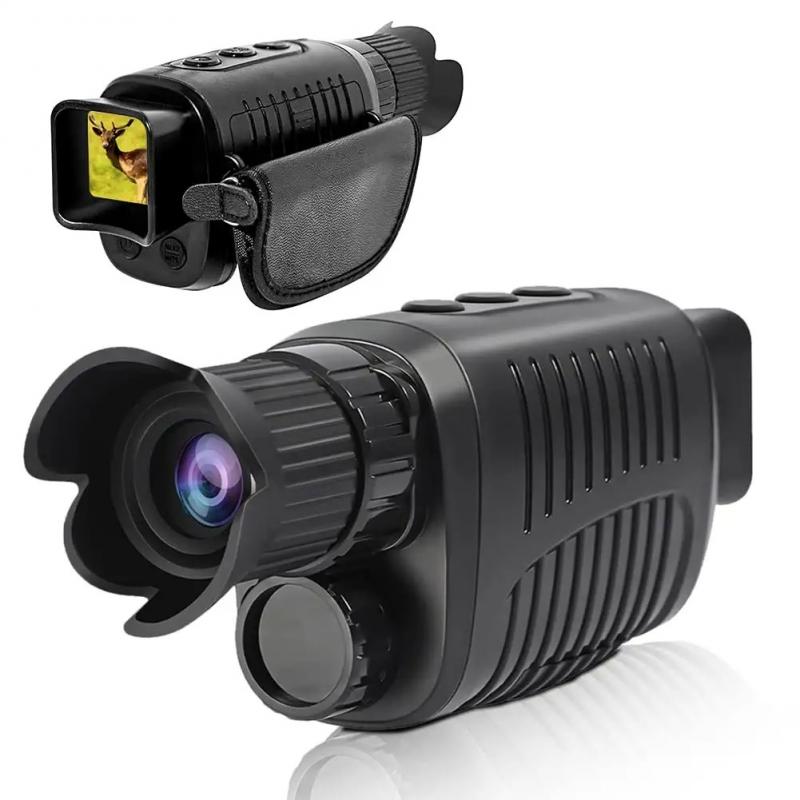
2、 Image compression algorithms used in digital cameras.
Digital cameras store images using image compression algorithms. These algorithms are designed to reduce the file size of the image while maintaining an acceptable level of image quality. There are several different compression algorithms used in digital cameras, with the most common ones being JPEG and RAW.
JPEG (Joint Photographic Experts Group) is a widely used compression algorithm that is known for its ability to compress images while maintaining good image quality. It achieves this by discarding some of the image data that is less important to the human eye. JPEG compression is lossy, meaning that some image data is permanently lost during the compression process. However, the amount of data loss is usually minimal and not noticeable to the human eye.
RAW is another compression algorithm used in digital cameras, particularly in professional-grade cameras. Unlike JPEG, RAW compression is lossless, meaning that no image data is discarded during the compression process. This allows for greater flexibility in post-processing, as the original image data is preserved. However, RAW files are significantly larger in size compared to JPEG files.
In recent years, there have been advancements in image compression algorithms to improve image quality and reduce file size. For example, newer cameras may use more advanced JPEG compression techniques, such as chroma subsampling and quantization tables, to achieve better compression efficiency. Additionally, there has been a rise in the use of HEIF (High Efficiency Image Format) compression, which offers even better compression efficiency compared to JPEG while maintaining high image quality.
Overall, digital cameras store images using image compression algorithms to reduce file size while maintaining acceptable image quality. The choice of compression algorithm depends on factors such as the camera's capabilities and the photographer's preferences.
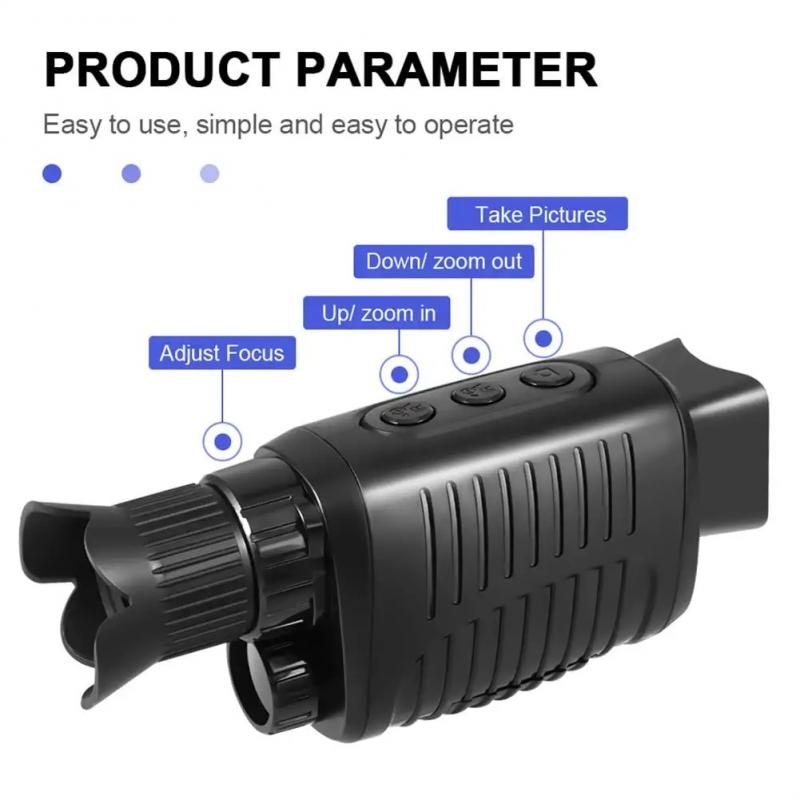
3、 File formats for storing images in digital cameras.
Digital cameras store images using file formats specifically designed for storing and organizing digital images. The most common file formats used in digital cameras are JPEG (Joint Photographic Experts Group) and RAW.
JPEG is a compressed file format that reduces the file size of an image by discarding some of the image data. This compression allows for more images to be stored on a memory card, but it also results in a loss of image quality. JPEG files are widely supported and can be easily viewed and shared on various devices and platforms.
On the other hand, RAW files are uncompressed and contain all the data captured by the camera's image sensor. This format preserves the highest level of image quality and provides photographers with greater flexibility in post-processing. RAW files are larger in size and require specialized software to view and edit.
In recent years, there has been a growing interest in new file formats that offer even more advanced features. One such format is HEIF (High Efficiency Image Format), which provides better compression than JPEG while maintaining high image quality. HEIF also supports features like HDR (High Dynamic Range) and depth maps, allowing for more advanced editing and manipulation of images.
Additionally, some cameras now offer the option to capture images in a hybrid format, such as HEIF+JPEG or RAW+JPEG. This allows photographers to have both the convenience of a smaller JPEG file for immediate use and the flexibility of a RAW or HEIF file for later editing.
Overall, digital cameras store images using file formats that balance image quality, file size, and compatibility with various devices and software. As technology advances, we can expect to see further improvements and innovations in image file formats for digital cameras.
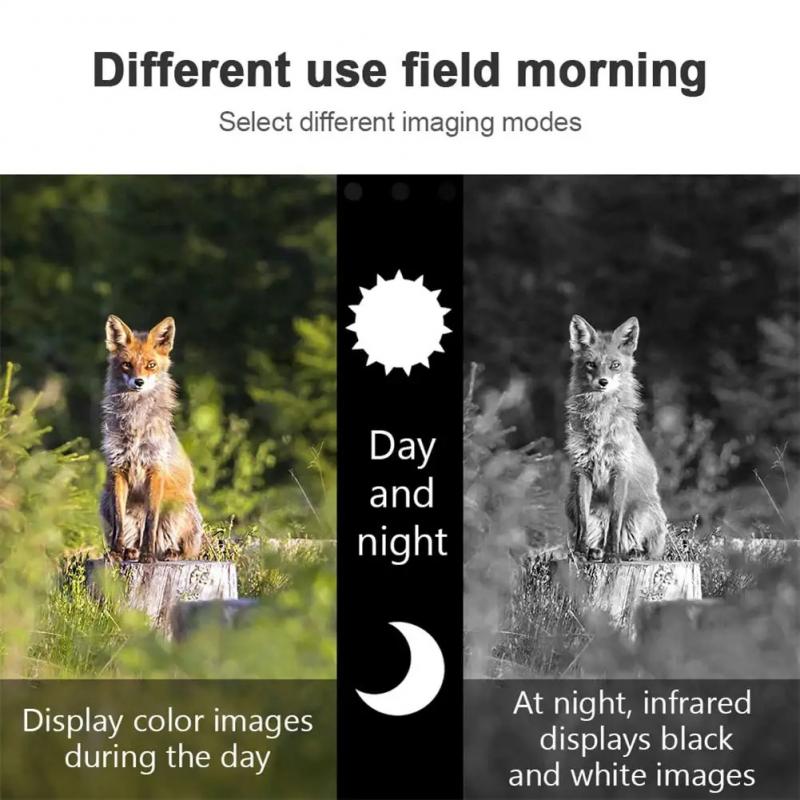
4、 Memory cards and storage options in digital cameras.
Digital cameras store images using memory cards and various storage options. Memory cards are small, portable devices that can be inserted into the camera to store photos and videos. They come in different formats such as Secure Digital (SD), CompactFlash (CF), and Memory Stick (MS), among others. These cards use flash memory technology to store data, which means that the images are stored electronically rather than on traditional film.
When a photo is taken, the camera's image sensor captures the image and converts it into digital data. This data is then written onto the memory card. The size of the memory card determines how many photos can be stored, and it can be easily removed and replaced with a new card when full.
In addition to memory cards, digital cameras may also offer other storage options. Some cameras have built-in storage, typically a small amount of internal memory that can store a limited number of photos. This internal memory can be useful if you run out of memory card space and need to continue taking pictures.
Furthermore, many digital cameras now offer wireless connectivity options, allowing users to transfer images directly to a computer or cloud storage service. This eliminates the need for physical storage devices and provides more flexibility in managing and accessing photos.
As technology advances, the storage capacity of memory cards continues to increase, allowing for more photos and videos to be stored. Additionally, the speed at which data is written onto memory cards has improved, enabling faster continuous shooting and reducing the time it takes to save images.
Overall, memory cards and storage options in digital cameras provide a convenient and efficient way to store and manage images, allowing photographers to capture and preserve their memories with ease.
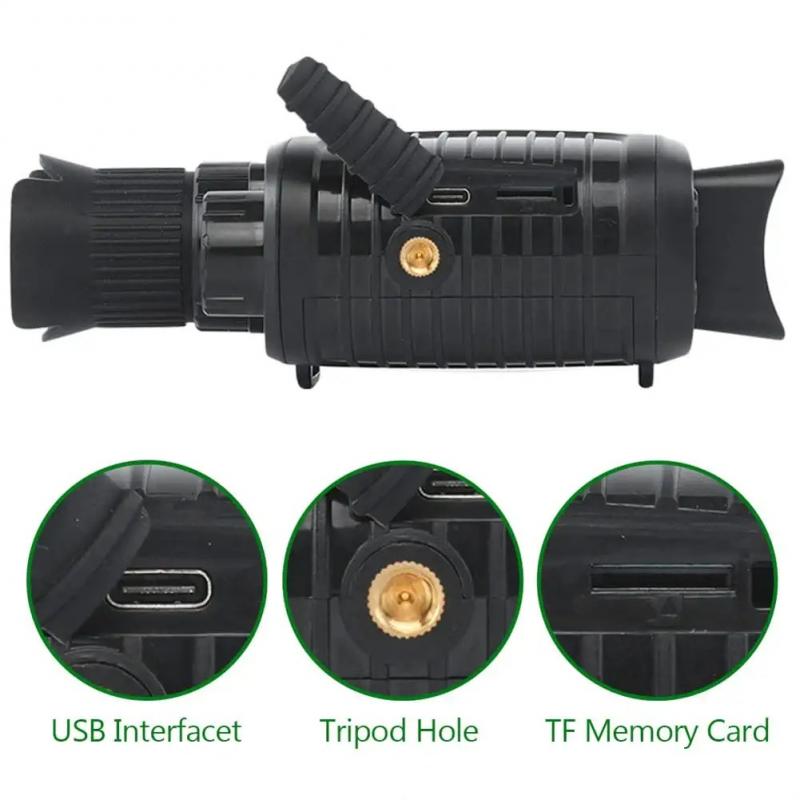








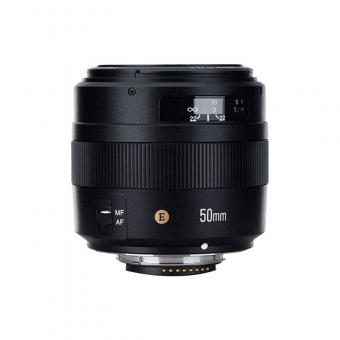

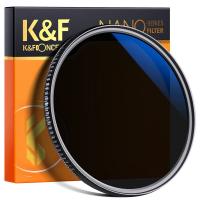

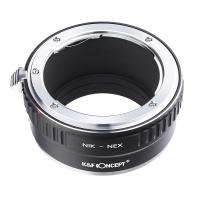

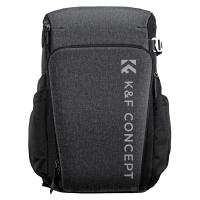


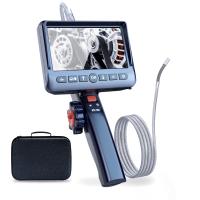


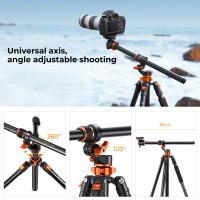
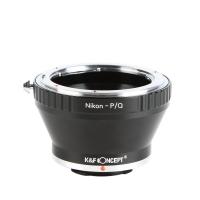
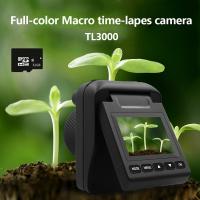

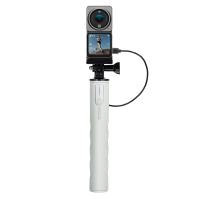



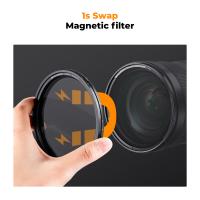
There are no comments for this blog.